No proof of emissions impact on Burrup rock art, report finds
Inconclusive findings about the impact of emissions on rock art will come as a blow to activists and environmentalists.
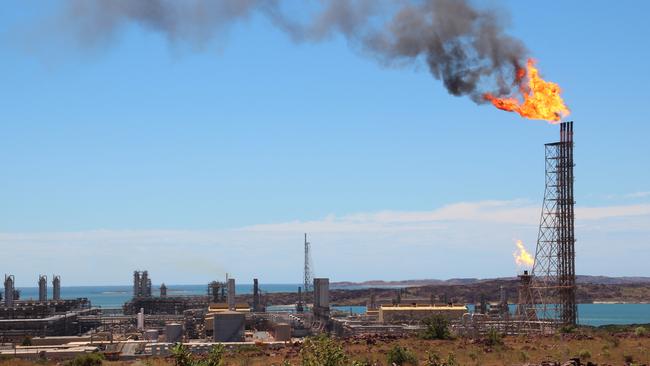
Plans to expand and extend some of the nation’s largest export projects near the world’s largest collection of rock art have received a major boost, after a report prepared for federal Environment Minister Tanya Plibersek found no conclusive proof that industrial emissions are harming the ancient petroglyphs.
The long-awaited independent report into the impact of industrial activity on Western Australia’s Burrup Peninsula has stopped well short of calling for a halt on the new projects being developed in the area.
The findings come as a blow to dozens of activists, environmentalists and campaigners – including former Labor leader Kim Beazley and a host of former Labor premiers and ministers – who have been pushing Ms Plibersek to block Woodside’s plans for LNG operations in the area.
However, Woodside Energy – which is looking to double output from its Pluto LNG plant and extend the life of its North West Shelf LNG facility out to 2070 – and fertiliser developer Perdaman will be affected if Ms Plibersek opts to adopt the independent report recommendations.
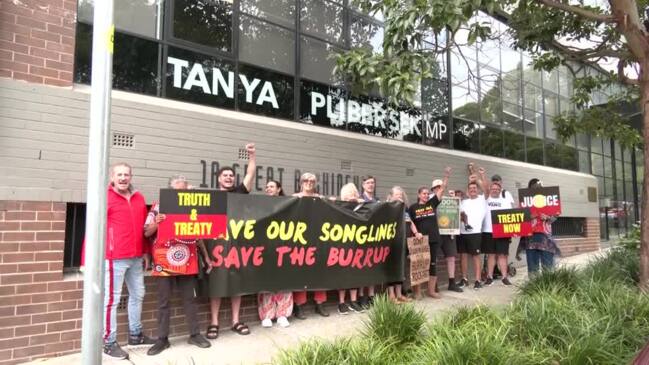
The consultant appointed by the federal government to investigate the situation on the Burrup, Alison Stone, recommends Ms Plibersek order Perdaman to abandon its plans for a causeway across the site of the $6bn urea plant it is currently building and to redesign a laydown area being used to store equipment and material for the plant’s construction.
Ms Stone also recommended Woodside be barred from disturbing any of the cultural heritage sites in its existing leased areas, despite the company having previously secured the authority to do so under WA’s controversial Section 18 mechanism.
Mining giant Rio Tinto previously used a Section 18 authority to legally detonate the Juukan Gorge rock shelters in the Pilbara. Woodside, however, had already flagged that it did not intend to disturb any of the Section 18 heritage sites as part of its plans.
The report also said there was sufficient evidence to support that significant Aboriginal areas were under threat of injury or desecration, identifying several lots of unallocated crown land zoned for future industrial use where future industrial development should be barred.
The consultant’s findings about the impact of emissions on rock art is likely to be the most significant to stem from the investigation. The rock art of the region is at the core of the federal government’s ongoing efforts to secure a World Heritage listing for the area, and opponents of the heavy industry in the region had long argued emissions were accelerating the erosion and degradation of the estimated one million carvings across the peninsula.
According to a copy of Ms Stone’s report, obtained by The Weekend Australian, the consultant found that there was “not sufficient evidence to support the claim the specified area is under threat from industrial emissions and chemical discharge”.
She also said that the research on the impact of emissions on the art remained “contested and inconclusive”.
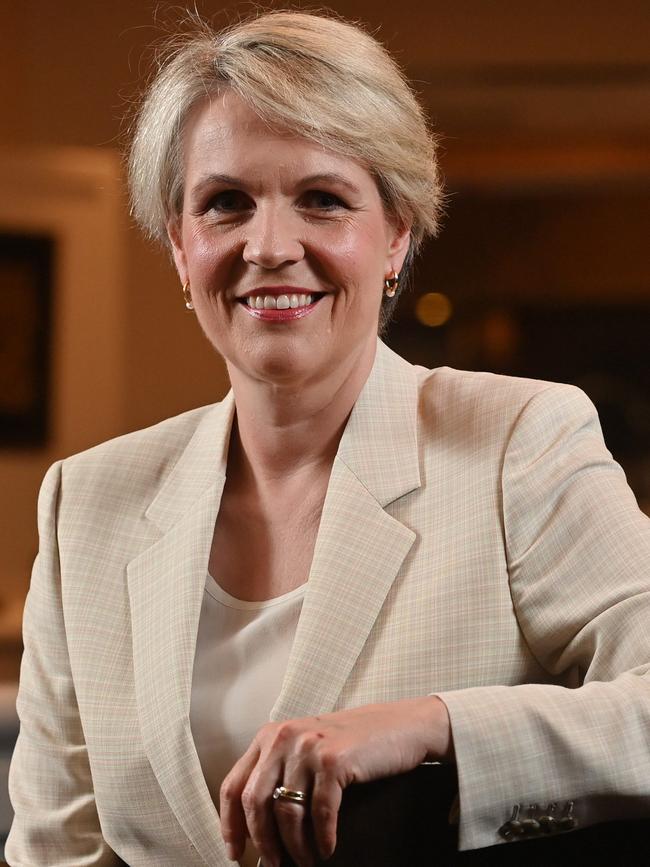

Just last month, Mr Beazley joined other Labor veterans including former WA premiers Carmen Lawrence and Peter Dowding and former federal Labor ministers Barry Jones and Melissa Parke in signing a letter to Ms Plibersek urging her to block Woodside’s plans for the North West Shelf LNG plant, also known as the Karratha Gas Plant.
The Australian Conservation Foundation has also recently released research claiming that the Karratha Gas Plant extension plan will generate six billion tonnes of carbon dioxide and be the largest new fossil fuel project in the southern hemisphere.
Stakeholders on Friday were scrambling to digest the report’s findings.
A spokeswoman for Woodside said the company would review the report in the coming days.


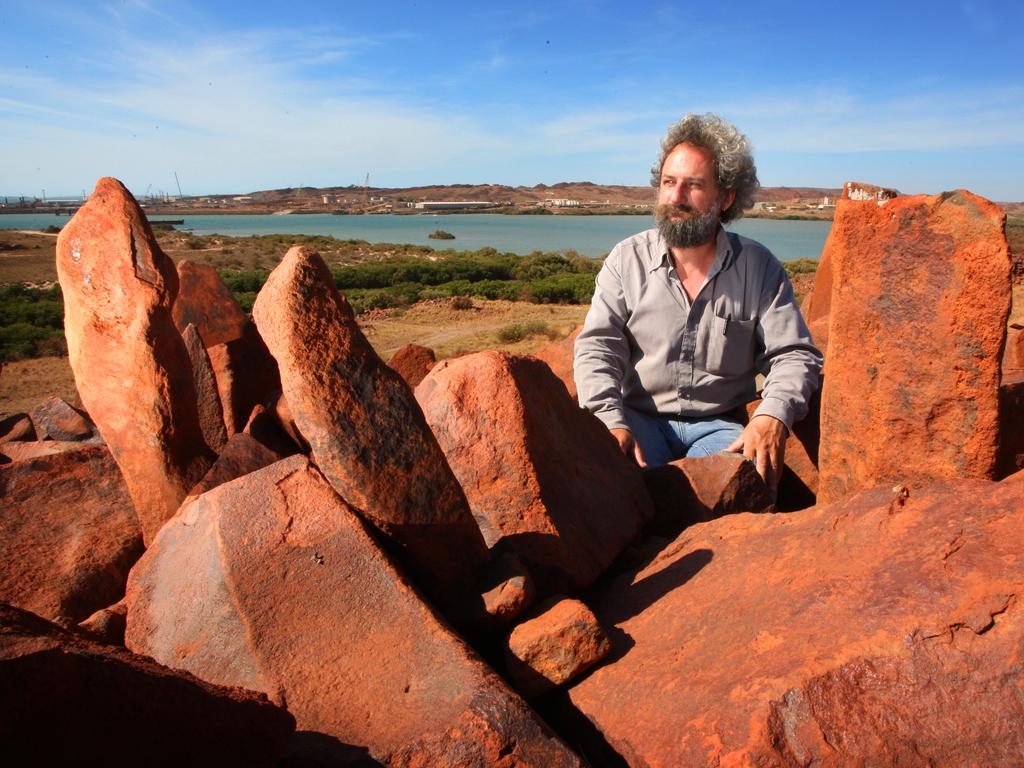

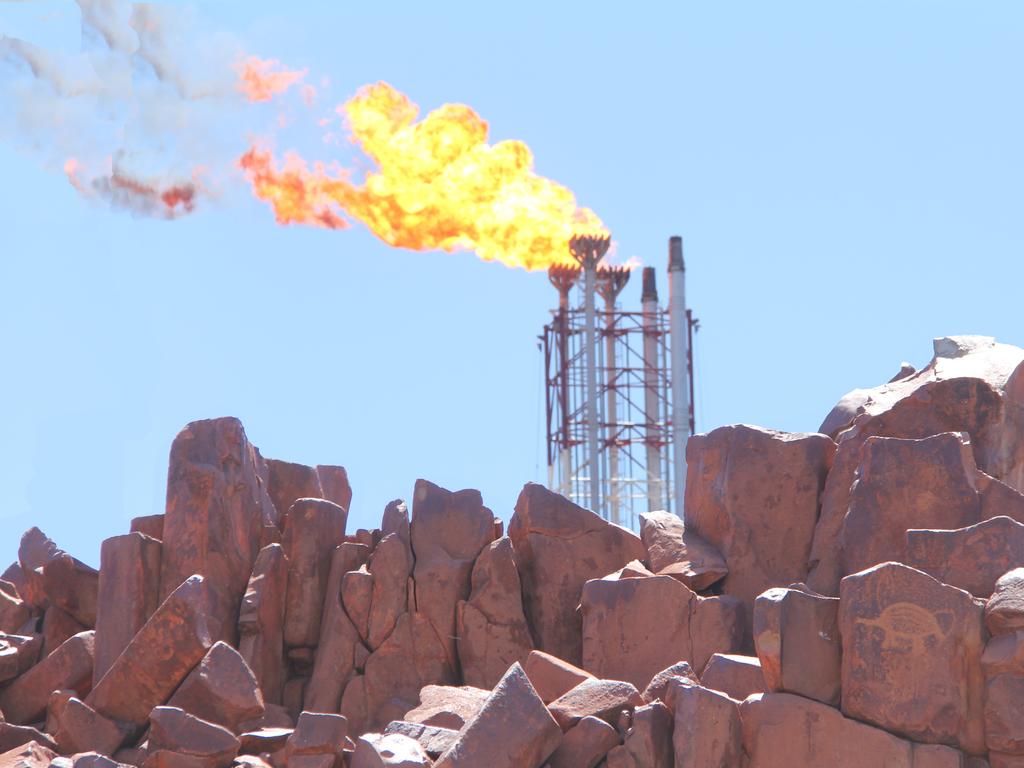
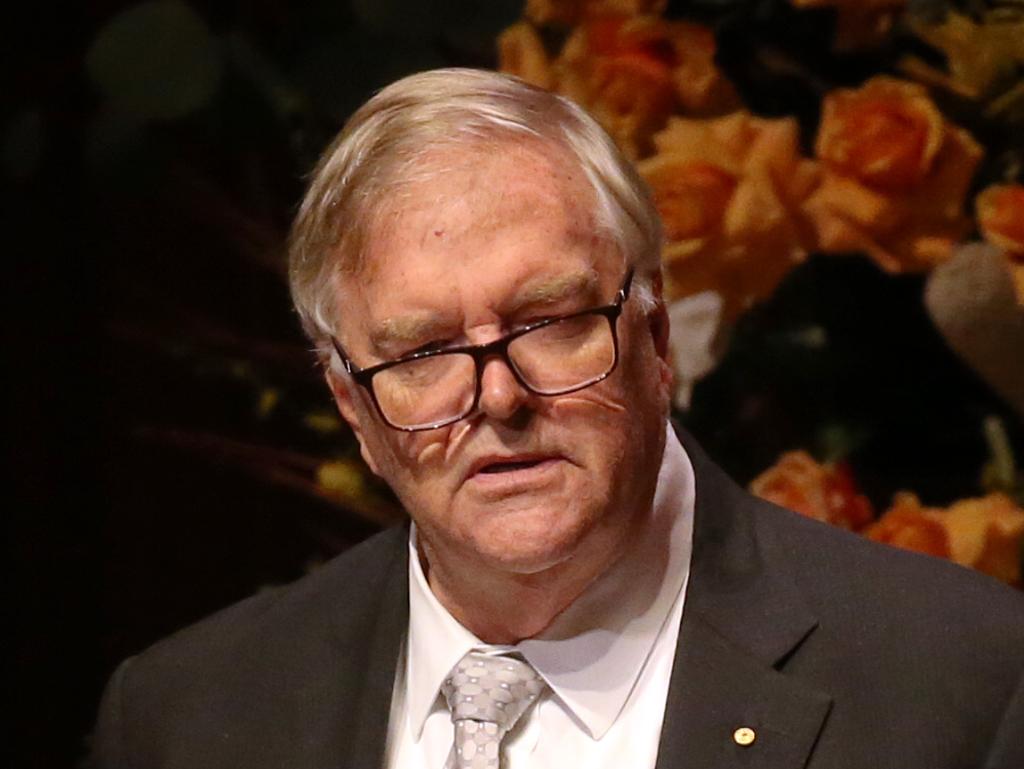
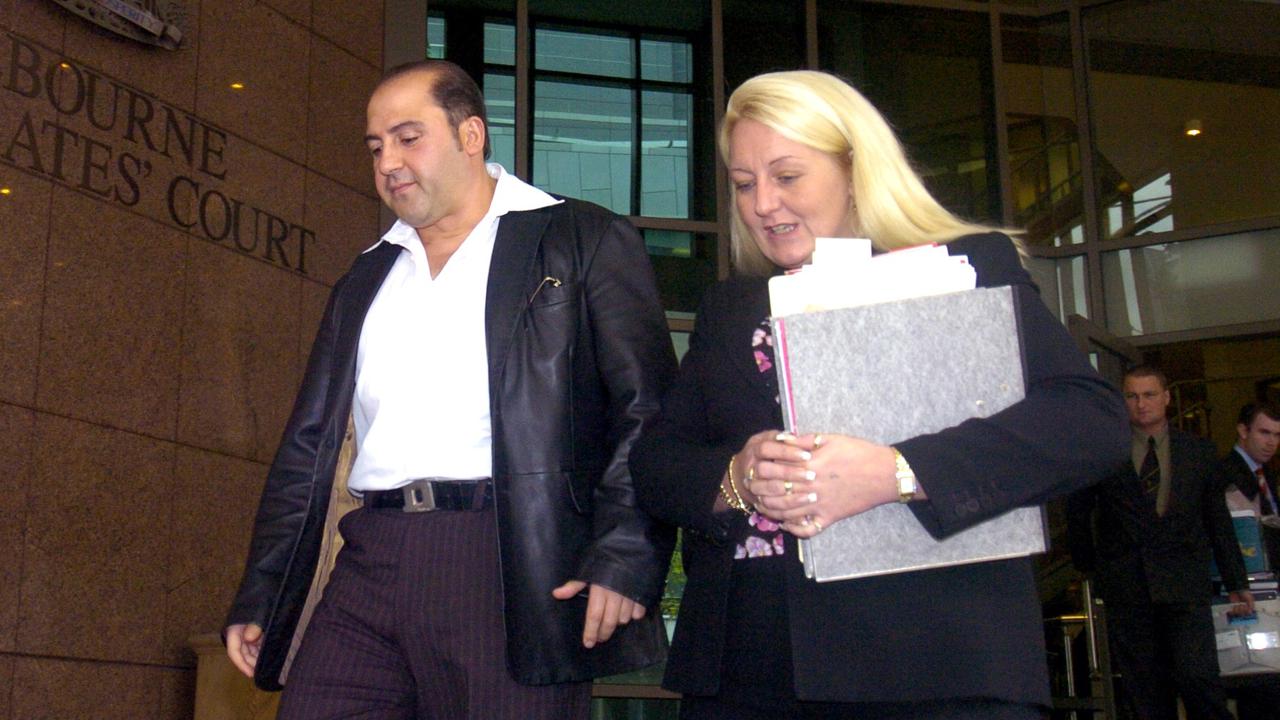
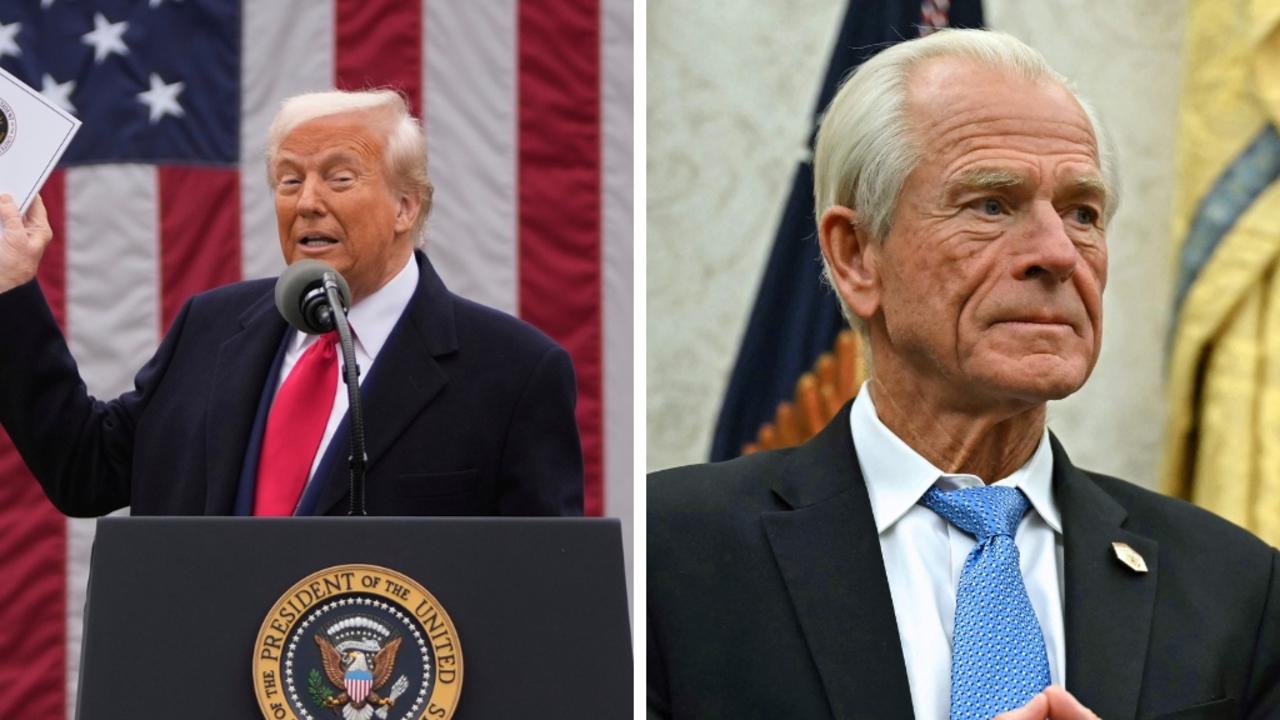
To join the conversation, please log in. Don't have an account? Register
Join the conversation, you are commenting as Logout